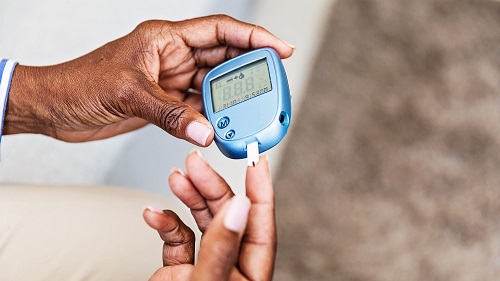A new blood test has been developed by researchers that provides a more convenient and efficient way to measure omega-3 fatty acid levels in the blood. Omega-3 fatty acids are considered important biomarkers for assessing disease risk, particularly in cardiovascular and cognitive health. While omega-3 fatty acids are essential for our health, our bodies do not produce enough naturally, necessitating their intake through diet. The two key omega-3 fatty acids, eicosapentaenoic acid (EPA) and docosahexaenoic acid (DHA), can be obtained from sources such as oily fish, seafood, enriched foods, and supplements.
The omega-3 index (O3I) is a measurement of EPA and DHA levels found in the membranes of red blood cells and is considered a novel biomarker for assessing cardiovascular disease risk, inflammation, sudden cardiac death, and cognitive dysfunction. However, current tests for measuring the O3I require a significant amount of blood and complex laboratory procedures to analyze the omega-3 fatty acid content, leading to a lack of routine measurement by clinicians.
To address this issue, researchers from McMaster University in Canada have developed a simpler and more convenient test for the O3I. The researchers used multisegment injection-nonaqueous capillary electrophoresis-mass spectrometry (MSI-NACE-MS) to identify circulating phospholipids, particularly phosphatidylcholines (PCs), as surrogate biomarkers for the O3I. This method provides faster results and requires only small volumes of blood.
In the study, participants were given fish oil, EPA, or DHA supplements daily, ranging from three to five grams. The researchers discovered that serum or plasma concentrations of two specific PCs showed the highest correlation with the O3I. They found that PC (16:0_20:5) was the most responsive phospholipid in high-dose fish oil and EPA trials, while PC (16:0_22:6) was selective to DHA-only supplementation. The sum of both PCs in fasting serum or plasma samples positively correlated with the O3I following fish oil, EPA, and DHA supplementation. Overall, DHA was found to be more effective than EPA in improving the O3I.
According to Philip Britz-McKibbin, the corresponding author of the study, an O3I below 4% indicates a higher risk for cardiovascular-related events, while an O3I above 8% suggests a lower risk. However, the O3I can be modified through dietary changes.
By directly measuring only two specific biomarkers in a blood sample, the researchers can quickly assess the omega-3 index without the need for time-consuming and costly sample workup protocols. The newly discovered biomarkers for the O3I will facilitate easier and more comprehensive studies on omega-3 fatty acids from a population health perspective.
The researchers’ future work will focus on identifying a biomarker present in urine, eliminating the need for blood samples altogether. This further advancement could significantly improve the convenience of testing omega-3 fatty acid levels.
Note:
- Source: Coherent Market Insights, Public sources, Desk research
- We have leveraged AI tools to mine information and compile it



